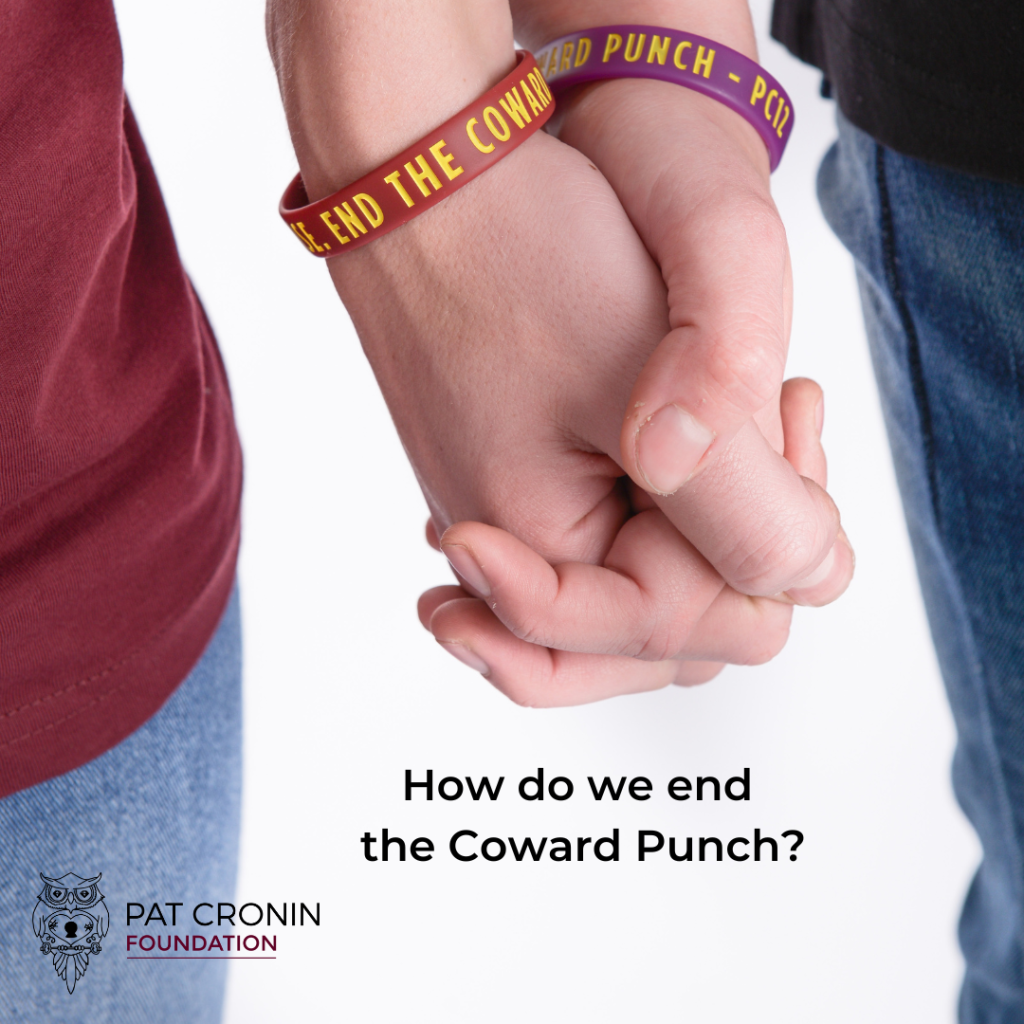
What is a Coward Punch and how do we end one-punch attacks?
Inflicting death and countless life-altering injuries, the Coward Punch is a serious and widespread problem in Australia.
On this page:
- The meaning of the Coward Punch
- What happens to the brain after a sudden unexpected blow
- The toll on those left behind
- The problem with the legal system
- Our vision and how we can all help end the Coward Punch
1. The meaning of the Coward Punch
What is a Coward Punch?
A Coward Punch is a is a strike to the head or neck that is unprovoked and delivered without warning, often from behind. It often knocks the victim unconscious, with further risk of head trauma when hitting the ground.
Coward Punch statistics in Australia
The incidence of the Coward Punch in this country and its toll is truly frightening:
- More than 170 Australians have been killed by a Coward Punch since 2000
- Most assaults occurring between midday and 3am from Friday to Sunday.
- Males accounted for more than 90 per cent of all victims, according to a 2019 Victorian Institute of Forensic Medicine study
- 73 per cent of fatalities involved alcohol. In fact, the median blood alcohol level of victims was over three times the legal driving limit in Australia
- Every one of these deaths was preventable: *
What is the king hit and why was it changed to Coward Punch?
The term king hit, believed to date back to the late 1800s in Australia, refers to a single, unfair blow intended to knock someone out quickly.
Although king hit, one punch and worse still, sucker punch typically describe a knockout blow, they don’t convey the cowardliness of punching an unsuspecting person.
The push to refer to king hits as Coward Punches gained momentum in Australia in 2014 after the assault of 18-year-old Daniel Christie at Kings Cross. As he lay in a critical condition in Sydney’s St Vincent’s Hospital, his family said in a statement: “We don’t agree with the popular term king hit.”
“We have heard it referred to as a Coward Punch, which seems to be more appropriate.”
The then NSW Police Minister Mike Gallacher was reported as saying he agreed with the use of the term Coward Punch, to help embarrass and shame attackers.
How the term Coward Punch is changing attitudes
The term Coward Punch was even in contention for the Australian National Dictionary Centre’s Word of the Year in 2014, as a nod to terms making their way into mainstream discussion.
At the Pat Cronin Foundation we believe there’s a marked difference between a king hit and a Coward Punch. We believe in calling Coward Punches out for what they are in order to promote community awareness.
To understand how words – and specifically “Coward Punch” can shape attitudes, check out our interview with ANDC director, Professor Amanda Laugesen.
2. What happens to the brain after a sudden, unexpected blow
How does a Coward Punch cause death?
Frighteningly, one punch is all it takes to kill someone or leave them with a life-changing injury.
When someone’s head is punched, the impact makes their brain hit their skull. The brain may then rebound and hit the other side of the skull – with the “rattling” damaging and tearing the soft tissue.
Bleeding inside the skull or brain, or hemorrhaging, can be deadly without immediate treatment.
These are just some of the medical effects of one punch to the head:
- The victim may experience a concussion and even lose consciousness. They will likely have a headache, memory loss, dizziness, and ringing in the ears.
- Injury to the brain stem – which connects the brain to the spinal cord. The brain stem regulates breathing, heartbeat, and digestion, and damage to it can be fatal.
- If the victim loses consciousness and falls, they also risk hitting their head on the ground – causing further trauma. They may even fracture their skull.
- Just like any other part of the body, the brain swells when injured – potentially cutting off its access to blood by squeezing shut arteries and vessels.
Without fresh blood, it takes just eight to 10 seconds to lose consciousness. After four to six minutes without oxygen, the brain begins to die. If this doesn’t result in death, it will result in brain damage*
What if you survive an attack – from someone who’s been there

While the Coward Punch figures are alarming, they’re only a fraction of the problem.
The Pat Cronin Foundation’s Ben O’Toole, who speaks about his own experiences here as a Coward Punch survivor.
Ben required specialist surgery to alleviate dangerous swelling of his brain. Three holes were drilled in the side of his head and a piece of skull “opened like a door” to reduce the pressure.
“Six weeks post op I had an appointment with the surgeon who saved my life. Having seen the extent of my injuries at the time of the operation, he was surprised I wasn’t in a wheelchair and able to engage in a conversation,’’ says Ben.
Many victims are not so “lucky”. Many have been permanently mentally and or physically disabled from assault – requiring neurosurgery and prolonged intensive hospital care.
According to studies, half will not have returned to work two years after the injury, one in three will need assistance with basic skills such as banking, shopping and transport, while two in three will suffer from psychological problems including depression, anxiety and reduced self-esteem.
Many of the bedridden are reduced to living in permanent care, away from their families.
Does alcohol consumption increase the risk of injury from a Coward Punch?
Alcohol impairs the ability to react to an incoming punch or attack, or anticipate the signs of danger, especially in noisy, crowded, or dark social settings.
Additionally, relaxation of the muscles around the neck while intoxicated causes the victim to be less resistant to the punch, causing greater damage to the major arteries of the neck.
3. The toll on those left behind
The impact on victims’ families, friends, and communities
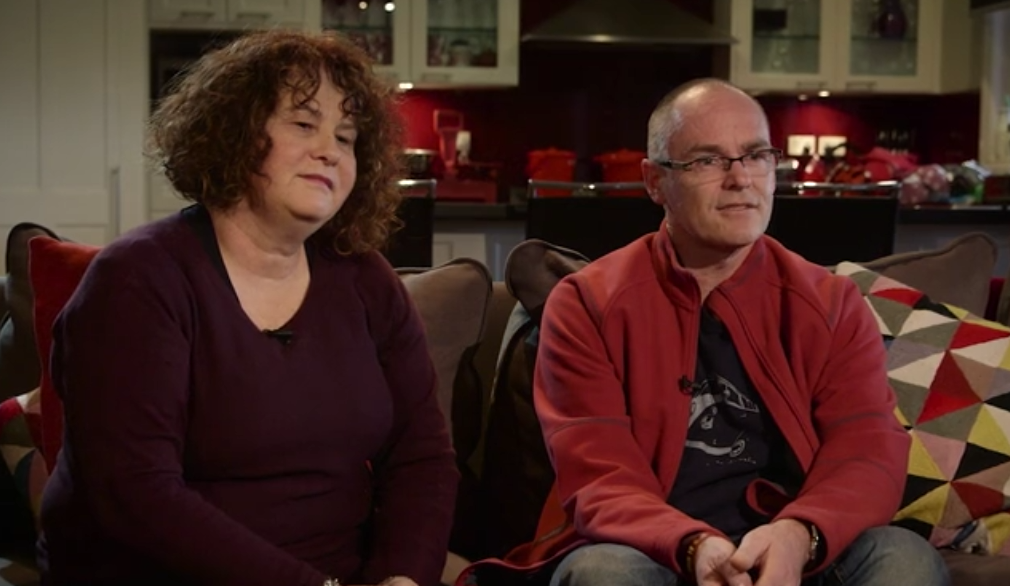
April 16, 2016, is forever etched in the hearts of the Cronin family.
It’s the night Pat was delivered a fatal blow to the head while coming the aid of a mate while on a night out in Melbourne in 2016.
As the video, above, so poignantly captures, it’s “every parent’s worst nightmare”.
“Sometimes it feels like it was yesterday,” says his father Pat. “At other moments it feels like forever.
“He went out to a café in Diamond Creek. Little did we know what was going to happen that night and that our lives would change forever.”
The impact of Pat’s death on his local community provided impetus for the establishment of the Pat Cronin Foundation.
In recounting the excruciating aftermath of Pat’s death, Matt says: “The next day we opened our doors – 250 people came and just wanted to give us a hug.
“That was the seeds of the Pat Cronin Foundation.”
Deaths from one-punch attacks have gained widespread media coverage in Australia, increasing community calls for tougher sentencing and laws surrounding alcohol consumption in licensed venues.
The impacts on perpetrators of violence
The lives of perpetrators of violence can change in a split second as well, with jail terms, criminal records, employment difficulties, travel restrictions as well as destruction of relationships with friends and family and long-term mental health implications.
You might need for a copy of your criminal record for instance to apply for a job, work with children, or even work as a volunteer.
Only Tasmania and the Northern Territory have anti-discrimination laws that specifically protect against discrimination due to a criminal record.
If you have a criminal record and want to travel overseas, you will have to check that country’s entry conditions.
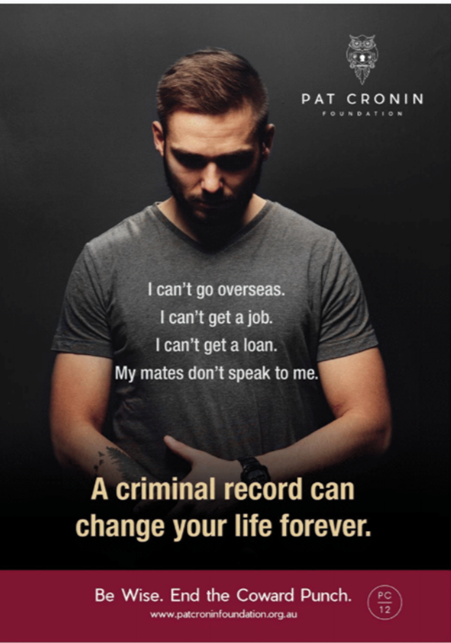
4. The problem with the legal system
Coward Punch laws in Australia
Laws in states across Australia uphold the criminal offence of unlawful striking causing death.
This has colloquially been referred to as the Coward Punch Law. Each state’s laws specify the definition and conditions of this criminal offence.
The Pat Cronin Foundation believes laws around “one punch mandatory sentencing provisions” need to be tightened.
We’ve met with both the Attorney General and the State Opposition in 2022 in Victoria to press the point, although neither side has so far committed to a strengthening of the current legislation.
In Victoria, one-punch deaths carry a 10-year minimum jail term. However, these provisions have been rarely used.
We believe most of the perpetrators of such attacks can avoid minimum sentences because the legislative thresholds for prosecution are too high.
What is the one punch law in Victoria?
Interpreting the Crimes Act and trying to state the law is tricky business. The following links might help you in your own research, but it is in no way legal advice.
Please seek legal advice from a qualified person.
The Victorian law now stipulates that all cases of manslaughter by unlawful and dangerous act involving a single punch, or a strike delivered to the victim’s head or neck, which causes injury to the head or neck, automatically constitutes a dangerous act. Section 4A, Crimes Act 1958 (Vic)
As stated by the Parliament of Victoria, “The provisions clarify that a punch may be covered by the new section even if it is part of a series of punches, and the death may be caused by the punch even if the death was the result of an injury from another impact caused by the punch/strike” Read more here
A mandatory minimum sentence is now required: “Circumstances of manslaughter by single punch or strike, or manslaughter in circumstances of gross violence, arise a custodial sentence with a non-parole period of ten years must be imposed” Read more here
A personal story – how the legal system highlights families’ lack of rights
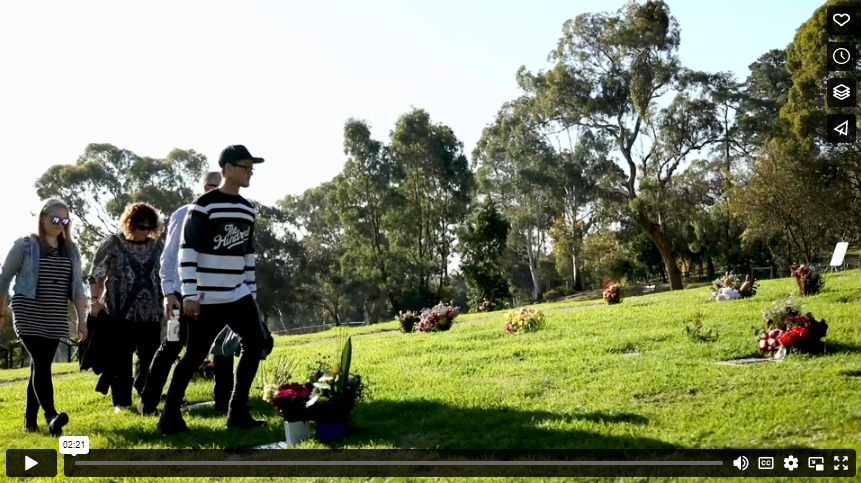
As if dealing with the personal fallout from a fatal or life-altering Coward Punch, victims’ families can also find themselves navigating a complex legal system.
The Cronin family’s experiences with the system after Pat’s death is now the subject of an upcoming documentary, due for release in 2023.
A trailer of the film, above, highlights what the family believes is a lack of rights for the victims of crime, as well as their families.
“The moment Pat died he became a piece of evidence. We’re not even recorded as victims,” says Matt.
According to Robyn: “I realise how naïve we were. For several weeks after Pat’s death we didn’t even bother looking into the legal side of things.
“We had no concept of all the kicks we would get along the way. I didn’t expect it to be pretty, but it was far worse than that.”
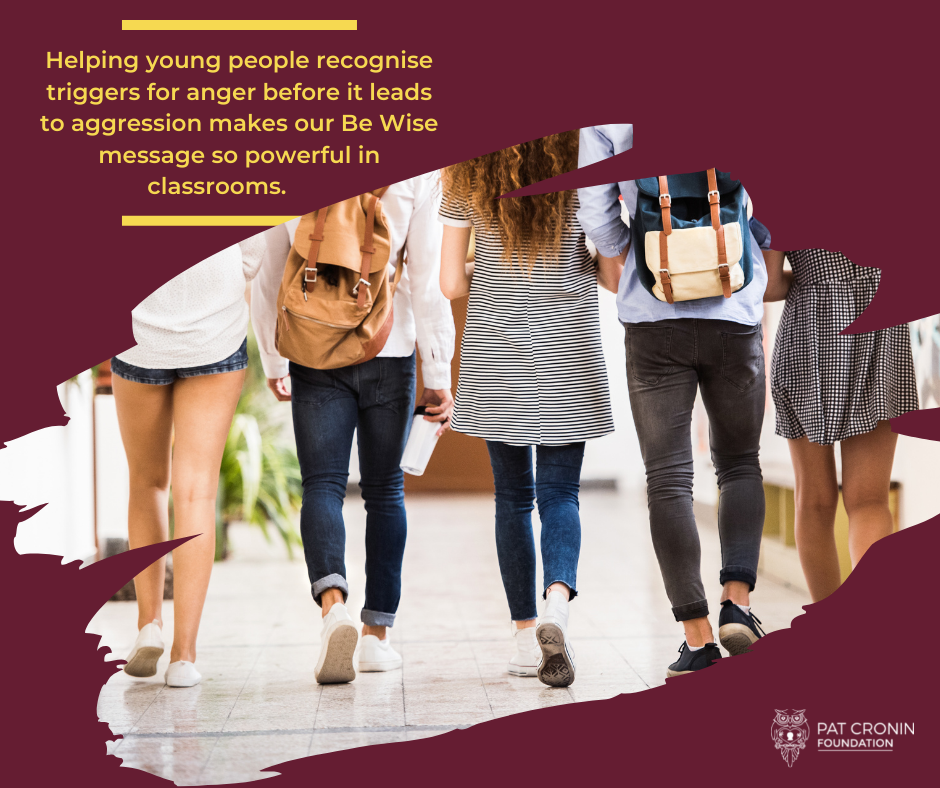
5. Our vision and how we can all help end the Coward Punch
The broad strategies to ending social violence
We believethe keys to ending the Coward Punch lie in education, awareness and research.
Education: A whole-of-school education program to heighten understanding and triggers and consequences of social violence, to make such behaviour socially unacceptable.
Awareness: Strong messages to the community build awareness of the prevalence and impact of Coward Punch attacks. Again, this empowers the community to make violence socially unacceptable.
Research: The Victorian Institute of Forensic Medicine report (referenced earlier in this article) provided the first base of evidence for legislation in Australia. This highlights the importance of research.
Our vision for the future – what is the Pat Cronin Foundation doing about ending the Coward Punch?
With the Foundation growing rapidly, we’re now setting our sights on expansion nationally, extending our reach to young Australians everywhere.
- In 2022 alone, the Foundation has reached around 70,000 young people in more than 500 Be Wise presentations in schools, sports clubs and other organisations around the country
- Developed in consultation with teachers, psychologists, researchers, students and parents, the presentation covers Pat’s story, anger and aggression, strategies for violence prevention, and the far-reaching impacts of violence
- We have also developed e-learning resources for all school students, with lesson plans for primary schools recently released.
- Our materials link to the Victorian and national curriculum, referencing the recognition and expression of emotions, development of resilience, relationships, diversity and conflict resolution
- The Foundation has developed a Be Wise phone app that uses special geofencing technology to help sports fans and nightclubbers make “wise decisions” when they enter major recreational arenas and entertainment precincts. The app features reminder messages and tips on how to handle conflict in emergency situations as well as advice on anger management
- We are actively seeking collaborators in research to grow a greater understanding of social violence and to evaluate the impact of various programs to counter it
On an individual level, there are many things we can all do to help end the Coward Punch. They include:
- Not accepting violence anywhere, at any time
- Calling out “jokes” or remarks that glorify violence
- Looking out for friends, particularly when in a social setting
- Considering what “wise drinking” looks like for you and your friends
- Planning your own “Be Wise” strategies to avoid violence
- Sharing Pat’s story with your friends and family
- Supporting organisations including the Pat Cronin Foundation and referring us to schools and organisations so that we can continue to deliver our message
Get involved
Managing social conflict is a vital life skill at all ages. Let’s eliminate social violence by teaching all young Australians about risks, choices and consequences. Click here to discover other ways to get involved. Book a Be Wise presentation here or email us at info@patcroninfoundation.org.au
You can also keep up to date with all that’s happening on Facebook. Be wise. Think carefully. Act kindly.
People also ask:
What is a king hit and why is it referred to as a Coward Punch? A King Hit is the same form of attack as a Coward Punch – a strike to the head or neck, often delivered from behind, usually unprovoked and without warning.
The term King Hit has been replaced with the term Coward Punch to reflect the shame a perpetrator should feel.
This stigmatises rather than glorifies the act. Altering our language contributes to changing the culture: it aims to deter people from engaging in this type of violence because they will be labelled a coward.
What is a sucker punch? A sucker punch is a surprise punch, and not normally considered “fair”.
What is a one-punch death? A One Punch Death describes the tragic outcome of when a person is fatally attacked with a Coward Punch and dies from the injuries sustained during the attack.
*Sources:
*https://www.vifm.org/wp-content/uploads/Cowards-Punch-Research-Update-2019.pdf
*Olver, Ponsford & Curran, 1995; Ponsford, Sloan & Snow, 2012; Ponsford, Draper & Schonberger 2008
*https://www.health.qld.gov.au/news-events/news/one-punch-medical-effects-can-kill
